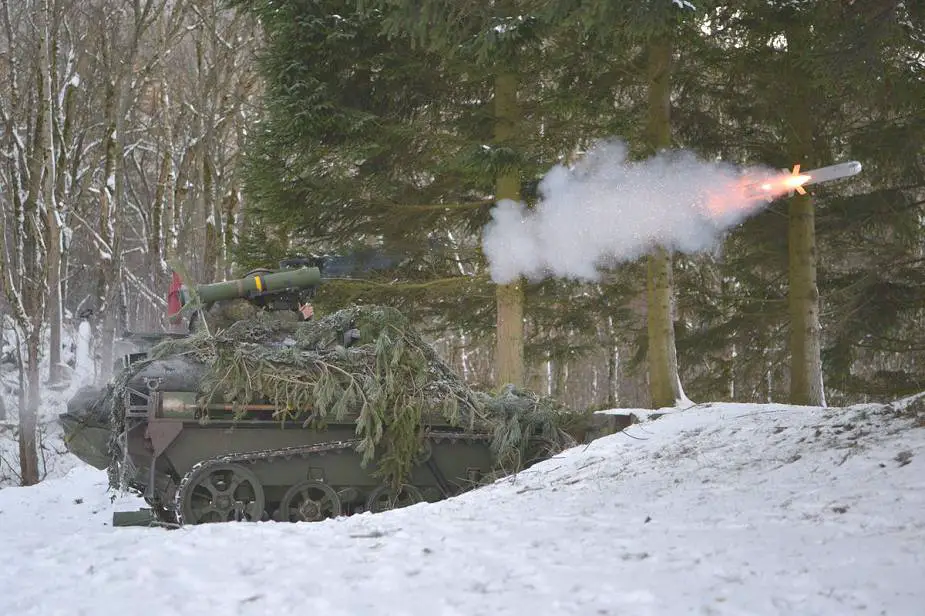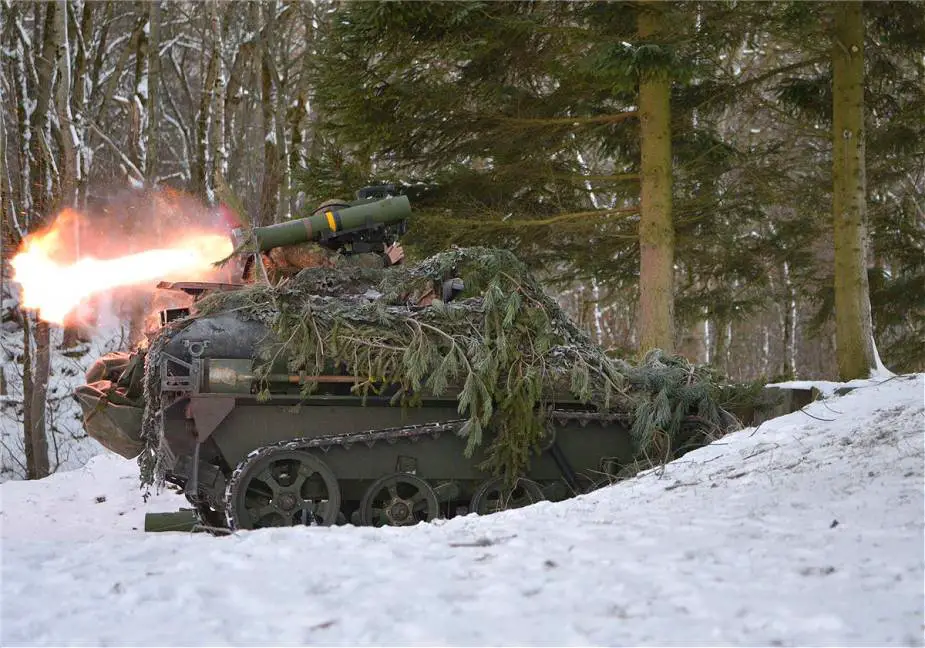The German army conducted its first live firing with the Wiesel 1 MELLS, an airborne anti-tank light tracked armored vehicle. The vehicle is now in service with the airborne mountain troops of the German army.
Follow Army Recognition on Google News at this link

German army airborne troops conduct first live firing with the new Wiesel 1 MELLS anti-tank armored vehicle. (Picture source German army)
On December 16, 2022, several pictures were released on the Twitter account of the German Heer showing first live firing with the Wiesel 1 MELLS which is a modernized version of the Wiesel TOW which is now armed with MELLS multirole-capable lightweight guided missile system. The MELLS missile is able to engage and destroy armored ground targets with a firing range from 4,000 m to 5,500 m based on the enhanced Israeli-made Rafael-made Spike Long-Range (LR) guided missile.
The German BAAINBw (Federal Office of Bundeswehr -Germany army Equipment, Information Technology and In-Service Support) has commissioned the German company FFG to modernize the entire Wiesel 1 fleet of the German army and to reduce the number of different versions of the vehicle.
The Wiesel 1 is light tracked airborne armored vehicle that entered into service with the German army with a delivery of 345 vehicles in different configurations between 1989 and 1992. The layout of the Wiesel 1 is unique and it was designed to offer a new generation of light air-transportable armored fighting vehicles dedicated to the airborne troops.
The Wiesel 1 was previously armed with the American TOW anti-tank missile weapon station which is now replaced with the MELLS offering more combat capabilities. In fact, the MELLS can be fired during day and night conditions with a maximum effective firing range of 4,000 m.
There are two main features that distinguish MELLS missile from the American TOW which used an optical fiber that enables the shooter to aim at another target while the missile is in flight. TOW is wired and had to be steered to the finish line by the shooter. The MELLS features a “fire-and-forget” ability. This enables the shooter to change position quickly after the shot, as the guided missile hits its target independently.
The Wiesel 1 MELLS maintains the technical feature of the previous version. The hull is of all-welded steel construction with a length of only 3.31 m and a height of 1.89m. The vehicle has a crew of three including a driver, commander, and gunner with a weight of only 2,800 kg. The vehicle is protected against the firing of small arms and artillery shell splinters.
The suspension is also unique and consists on each side of three dual road wheels, a drive sprocket at the front, an idler at the rear, and one track-return roller. A Belleville-type spring assembly automatically provides track tension when the vehicle is traveling. The vehicle can run at a maximum road speed of 75 km/h with a maximum cruising range of 300 km.
















